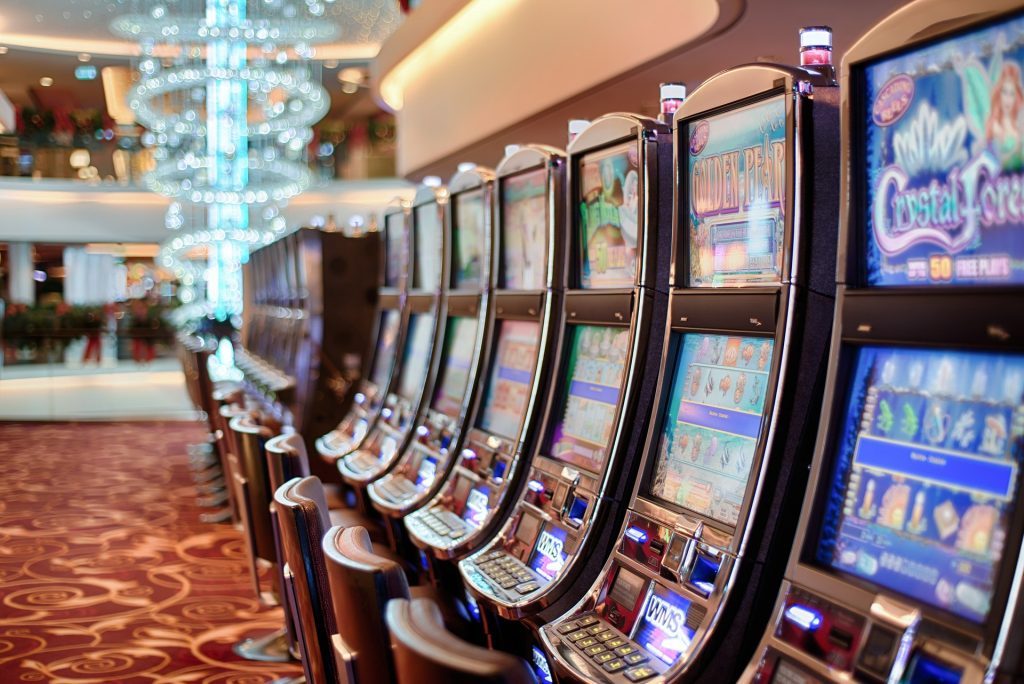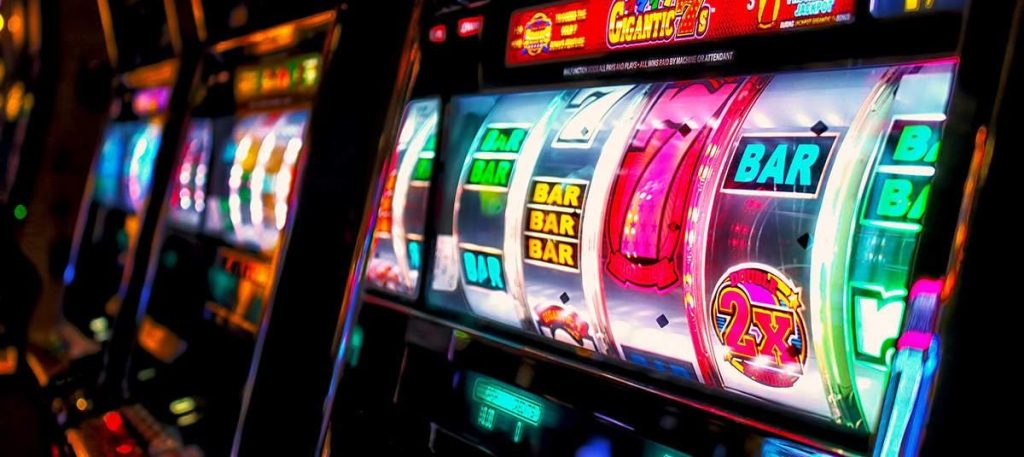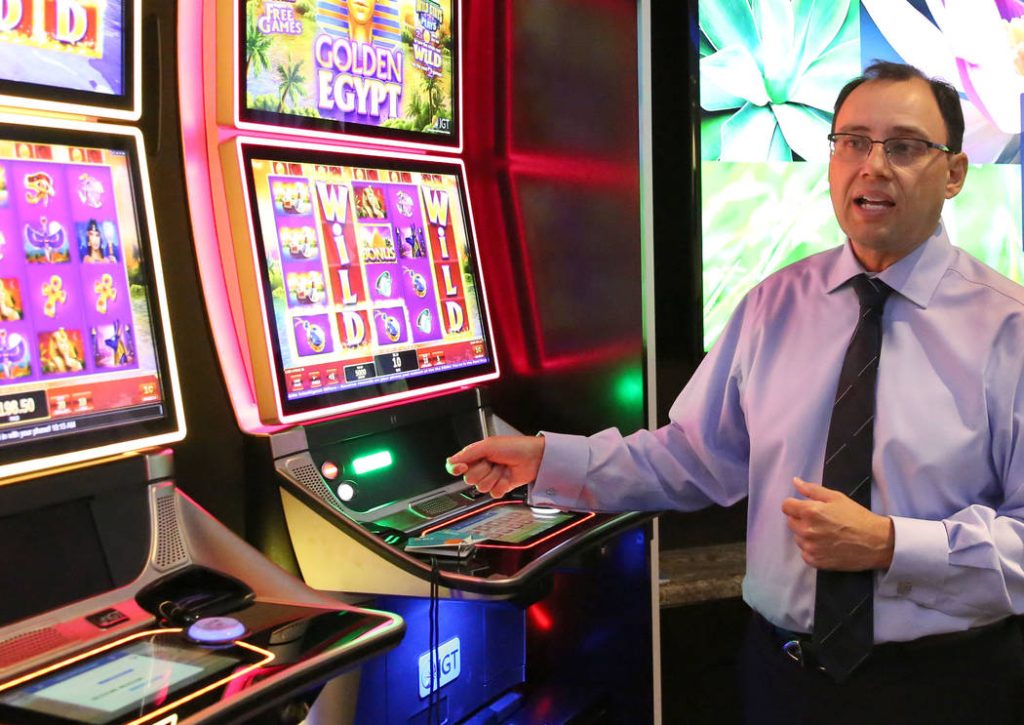Online slot games have become a thrilling and rewarding way to experience excitement from the comfort of your home. With the ever-growing popularity of online casinos, players are drawn to the vibrant world of slot gacor games, where the possibility of hitting a big win is just a spin away. These games are designed to offer engaging experiences with high-quality graphics, immersive sound effects, and innovative themes, all of which combine to create a truly captivating environment. Whether you are a seasoned player or new to online slots, the allure of the game is hard to resist. One of the key features that make slot gacor games stand out is the frequency of wins. The term gacor refers to slots with a high payout rate, meaning players are more likely to land winning combinations. This boosts excitement and makes the gameplay more satisfying. The thrill of hitting a big win is what keeps players coming back for more, as each spin brings the chance of unlocking a significant payout. This frequent payout nature of gacor slots is what sets them apart from other games, providing players with more opportunities to cash out while keeping the excitement levels high.
Another reason slot gacor games have gained such a loyal following is their variety. From traditional three-reel games to modern video slots with elaborate features, there is a game for every type of player. These games often include exciting bonus rounds, free spins, and multipliers that increase the potential rewards. Each slot is uniquely designed, with different themes ranging from ancient civilizations to futuristic adventures. The sheer variety ensures that no two gaming experiences are the same, and players can always find something that suits their preferences, keeping the gameplay fresh and exciting. The rewarding aspect of slot gacor games does not just lie in the payout, but also in the progressive jackpots they offer. These jackpots grow with each spin, adding an extra layer of excitement and anticipation. The larger the jackpot, the more thrilling the game becomes, as players know that with every spin, they could potentially trigger a life-changing win.
This feature makes online slots more than just a game; they become an exhilarating experience with the potential for massive rewards. In addition to the thrills of potential wins, many online slot games feature loyalty programs and promotional offers that add even more value for players. These rewards can range from free spins and bonus credits to exclusive access to special games or events. Loyalty programs are designed to reward dedicated players, ensuring that those who keep coming back are always treated with extra incentives. This aspect of online slot deposit 10k gaming helps build a community of players who feel appreciated and valued, enhancing the overall enjoyment of the gaming experience. In conclusion, the combination of high payout rates, diverse game themes, exciting bonus features, progressive jackpots, and loyalty rewards makes online slot gacor games a thrilling and rewarding option for players. These games are designed to keep the excitement alive with every spin, providing not only the chance for big wins but also an engaging and immersive experience.







